Descripción
Destilación: Fundamentos y principios, ganador del Premio PROSE 2015 en Química y Física, es una fuente única de información autorizada sobre todos los aspectos de la teoría y la práctica de la destilación moderna, adecuada para estudiantes avanzados y profesionales que trabajan en un laboratorio, plantas industriales, o una capacidad de gestión.
Aborda las investigaciones más importantes y actuales sobre destilación industrial, incluidos todos los pasos en el diseño del proceso (estudio de factibilidad, modelado y validación experimental), junto con aspectos de operación y control. Este volumen presenta un enfoque adicional en el diseño conceptual de la destilación.
Ver más

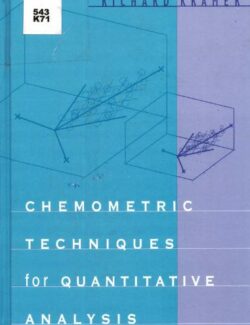
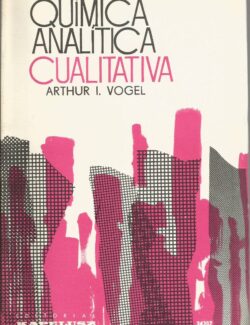

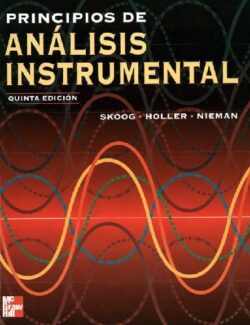
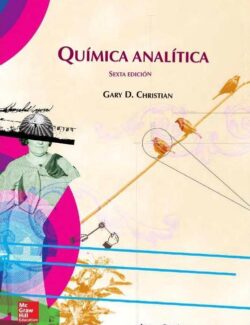
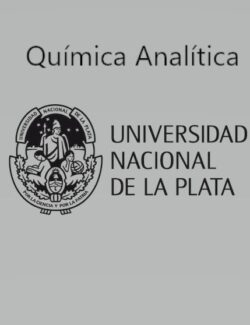

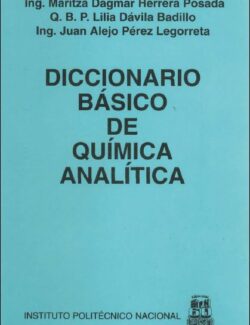
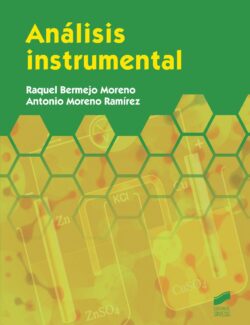
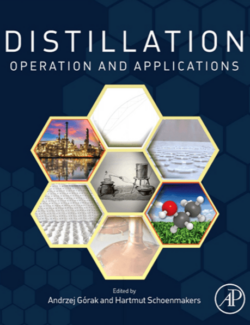
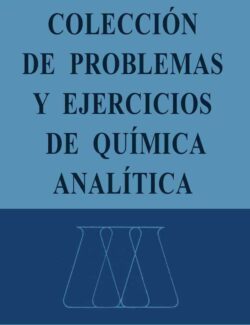
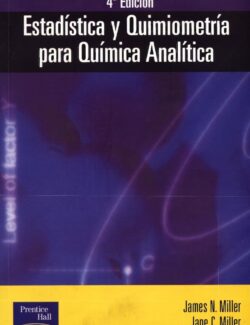
Déjanos un comentario
No hay comentarios